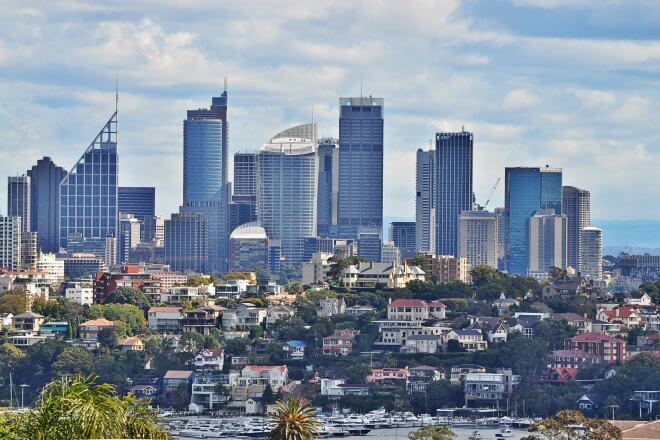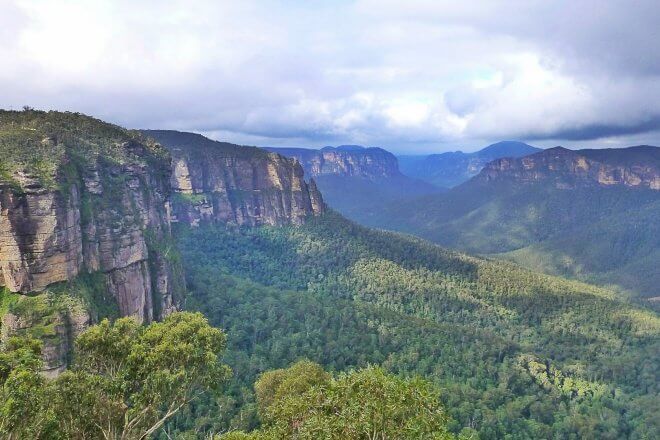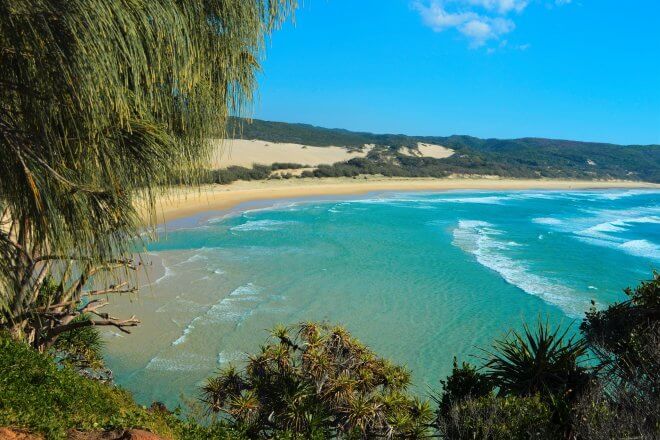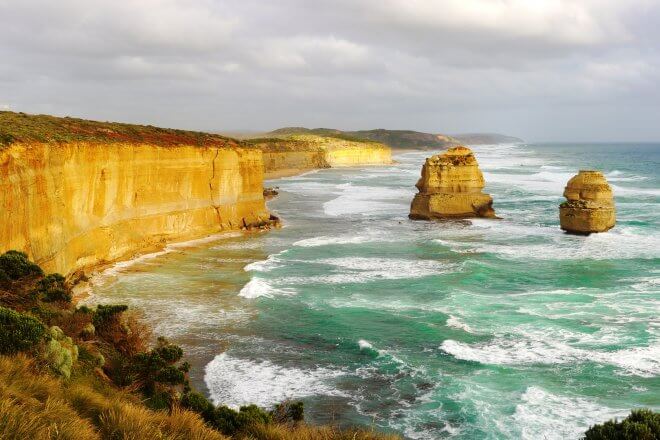Alternative Travel Index Rank: #4
Australia is also the 3rd Most Underrated & the 1st Eco Travel Destination
Excels in World Heritage natural sites and environment protection
Population and tourists density at peak season: 3 (very low)
Australia is world famous for its natural wonders and wide open spaces, its beaches, deserts, “the bush”, and “the Outback”. Bordered to the west by the Indian Ocean, and to the east by the South Pacific Ocean, Australia is the sixth-largest country by land area. Its size gives it a wide variety of landscapes, with tropical rainforests in the north-east, mountain ranges in the south-east, south-west and east, and dry desert in the centre. The Great Barrier Reef, the world’s largest coral reef, lies a short distance off the north-east coast and extends for over 2.000 km. Australia is the flattest continent, with the oldest and least fertile soils. Its population density, 2.8 per sq. km, is among the lowest in the world.
Travel Costs
Australia ranks #138/141 for price competitiveness in Justraveling’s Alternative Travel Index. Average travel costs per day: $67 (backpacker) – $242 (mid-range). Cheapest Australian cities: Newcastle, Adelaide, Brisbane, Melbourne. Most expensive Australian cities: Perth, Cairns, Darwin, Mackay.
Best Time to Go
Mar-May and Sep-Nov are the best time to go to Australia. A wide variation of climates are found across Australia. Hot and tropical in the north, sub-tropical and temperate in the south, most of the country is sunny all year round.
Domestic tourism is strongest during January and the Easter holidays. Summer tends to be the peak travel season through much of the south, while the tropics receive more tourists during the winter (dry) season.
Places to Visit
Sydney, the “Harbour City”, is the largest, oldest, and most cosmopolitan city in Australia, with an enviable reputation as one of the world’s most beautiful and liveable cities. It’s surrounded by nature and national parks that extend through the suburbs and right to the shores of the harbour.
The Blue Mountains, a World Heritage site since 2000, is renowned for its uniquely majestic scenery, its cultural attractions, and its easygoing, alternative mode of life. The area enclose 3 National Parks and 140 km of hiking trails.
With an area of 184.000 hectares, Fraser Island is the largest sand island in the world. It features long white beaches flanked by strikingly coloured sand cliffs, over 100 freshwater lakes, and ancient rainforests, grown on sand dunes.
The Ningaloo Coast is located in the north-west coastal region of western Australia. In this area the ocean and the arid coast form aesthetically striking landscapes and seascapes. Its distinctive reef is Australia’s largest fringing coral reef and the only large reef positioned very close to a landmass.
Separated from the mainland by the Bass Strait, Tasmania is the smallest and most mountainous of Australia’s 6 states. Over 45% of the island lies in reserves and national parks that encompass a variety of intact habitats and ecosystems.
Kakadu National Park is the largest national park in Australia. It contains one of the highest concentrated areas of aboriginal rock art sites in the world, and has six main landforms, with a huge diversity of plants and animals.
Located within the Daintree National Parkland and the Wet Tropics World Heritage area, Cape Tribulation is an amazing array of biodiversity. Compared to other destinations along coastal Queensland, it’s still rather remote and quiet.
Travel Ideas and Things to Do
The Great Ocean Walk is a stunning long distance trail, traversing several areas of historical and cultural significance. It makes extensive usage of eco friendly facilities and covers approximately 100 km (up to 8 days of walk).
Australia is crossed by two great railway journeys, The Ghan, which crosses north to south straight through the heart of Australia, from Darwin to Adelaide, and The Indian Pacific which crosses east to west, from Sydney to Perth. It is your choice, but beware that these unforgettable experiences come at a cost.
With Frontier, you can take part in various conservation projects all over Australia and help to preserve, protect and restore the country’s rich natural environment and unique wildlife, which includes koalas and kangaroos.
More active travel ideas for your next trip can be found in the Hiking Series. Check out these five routes to enjoy an awesome day hike in Australia. On the blog, you can also get hints about the Great Ocean Road and North Australia.
This Travel Guide is a work in progress. Improve it with an Australian touch!
- Browse All Non-EU Destinations
- World’s Best Alternative Travel Destinations
- Trip Planning: Inspiration, Budget, Flights, Accommodations, Tools
Sources: some text excerpts from Wikitravel & Wikipedia; travel cost data from Numbeo.




